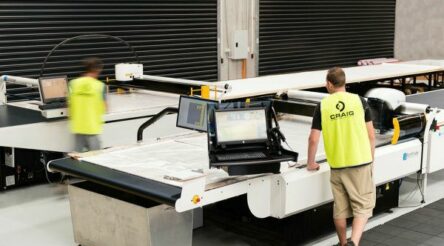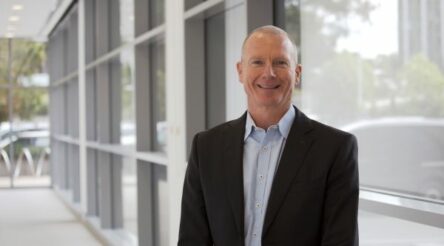Australia’s place in the semiconductor world: We need to aim for the stars

Today’s installment of Australia’s place in the semiconductor world turns to a local chip importer’s point of view. Here Shoaib Iqbal — a recent guest on the @AuManufacturing Conversations podcast — looks at the impact of semiconductor shortages on space startups, and the opportunities brought into focus for local manufacturing.
“Moore’s law in space” has become a buzzword, but an important one at that. The term is used to describe the space industry’s increasing appetite for risk due to lower entry barriers and the rapid improvement in technology in orbit. From lower launch costs to the simplification of spacecraft in the form of CubeSats, space has become increasingly accessible.
A core component of this accessibility is space-grade electronics that no longer need to be as ‘space-grade’ as before. It’s been proven over the last few years that consumer-level electronics can be retrofitted with some modifications to be flown on satellites with varying degrees of success. This has had a trickle-down effect where this nascent industry has opened the doors to another stream of demand for these components.
Companies like ours, and other early-stage space companies, utilise commercially available components for many of our major electronic systems. They’re easy to get, cheap, and with the right engineering around them, can be blasted off on a satellite to demonstrate core technologies or further build out commercial infrastructure in orbit.
The pandemic, however, has shown how fragile supply chains for these components are. With major manufacturing centres in Shenzhen and Taiwan, local lockdowns and shipping delays disrupted the entire supply during the pandemic, which affected everything from the auto industry to PlayStation sales. But a further effect was felt in the space industry, where even consumer-level electronics became hard to come by for prototyping and demonstration applications. Development boards doubled in price, image sensors became harder to come by, and circuit boards started to take many more months to be manufactured. This hindered the operations of many space companies across the globe, making us resort to using stock that was years old to keep the development of our space systems moving.
However, with every obstacle comes an opportunity. Globally, billions of dollars are being poured into semiconductor manufacturing and foundries that are now being set up outside the silicon bubble of Taiwan and Shenzhen. And a significant portion of it is being driven by the research of new semiconductor components, of which quite a bit is happening locally in Australia. Labs based out of universities are building image sensors, computing chips and other sensor components, while startups themselves are innovating new uses of these components, such as Spiral Blue’s work in edge computing hardware, Infinity Avionics’ ever-growing product suite and Esper’s work in developing image sensors for our hyperspectral sensors.
But a geographically closer network of manufacturing support is needed to take these components outside of research labs in universities and startup workshops far quicker without relying on supply chains that have been proven to be fragile. This calls for a wider local industry to support activities not just in space but in other industries to bridge the current commercialisation gap and be reliant on external manufacturing.
While Australia and New Zealand don’t need to build their foundries, there are gaps in other processes, whether it be circuit board manufacturing, integration of electronic components, and newer products to be introduced to support further the electronics industry and the space industry as a whole. These initiatives can be seeded with manufacturing funding to help fill this gap.
With the Oceanic space industry taking off, it presents an opportunity for local manufacturers to become key players in supporting this industry. We need not go as far as robust, radiation-hardened silicon wafers, but even consumer-level components and parts can be highly useful, especially when the risk of launching assets into orbit has considerably reduced. Companies like ours require them to further our goals and to build a bustling space economy from Australia.
Picture: Esper Satellite Imagery’s co-founders Przemyslaw Lorenczak and Shoaib Iqbal.
Shoaib Iqbal is co-founder and CEO of hyperspectral data company Esper Satellite Imagery.
@AuManufacturing![]() and AUS-Semiconductor-Community’s editorial series, Australia’s place in the semiconductor world, is brought to you with the support of ANFF.
and AUS-Semiconductor-Community’s editorial series, Australia’s place in the semiconductor world, is brought to you with the support of ANFF.
@aumanufacturing Sections
Analysis and Commentary Awards Defence Manufacturing News Podcast Technology Videos










